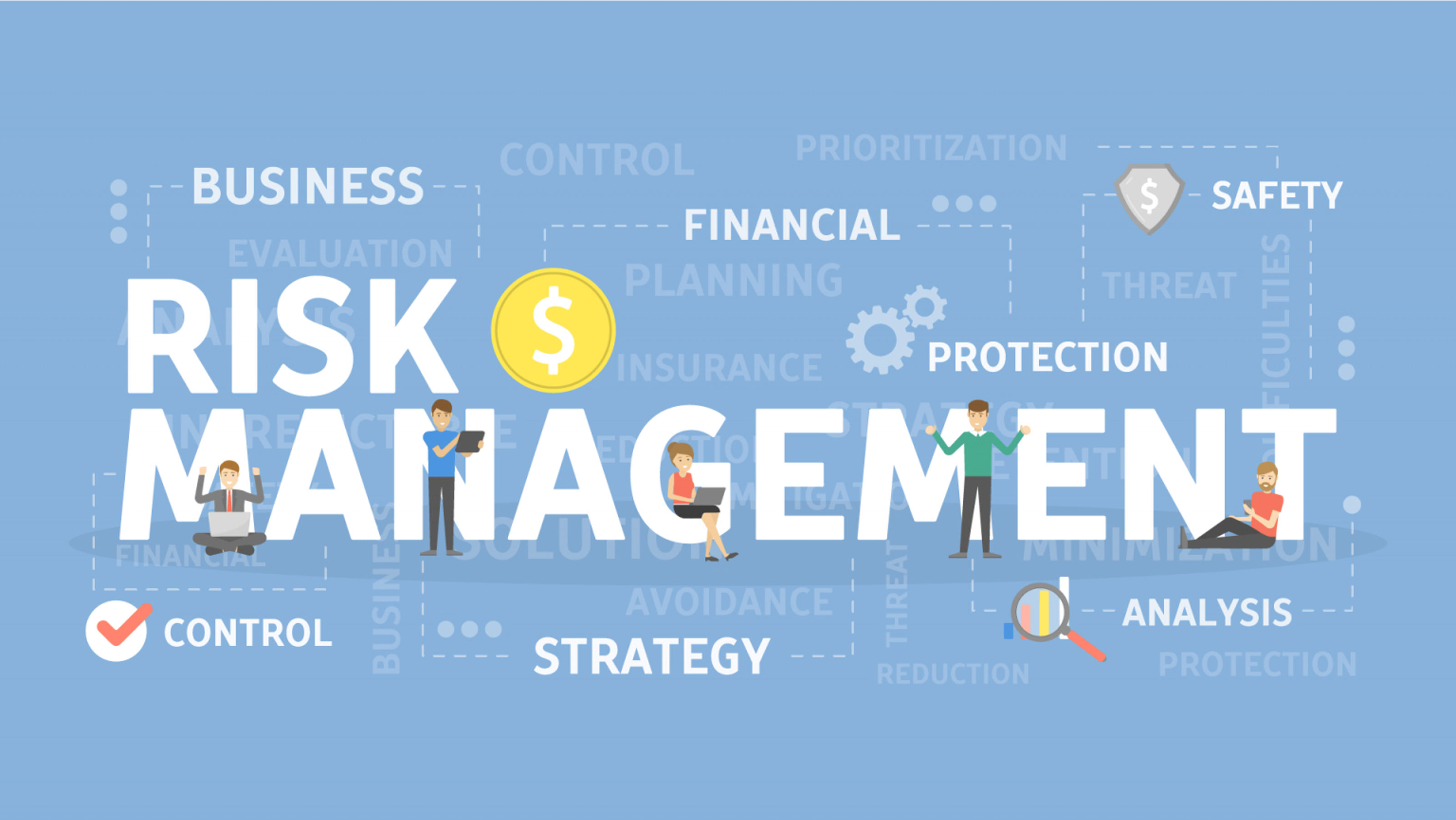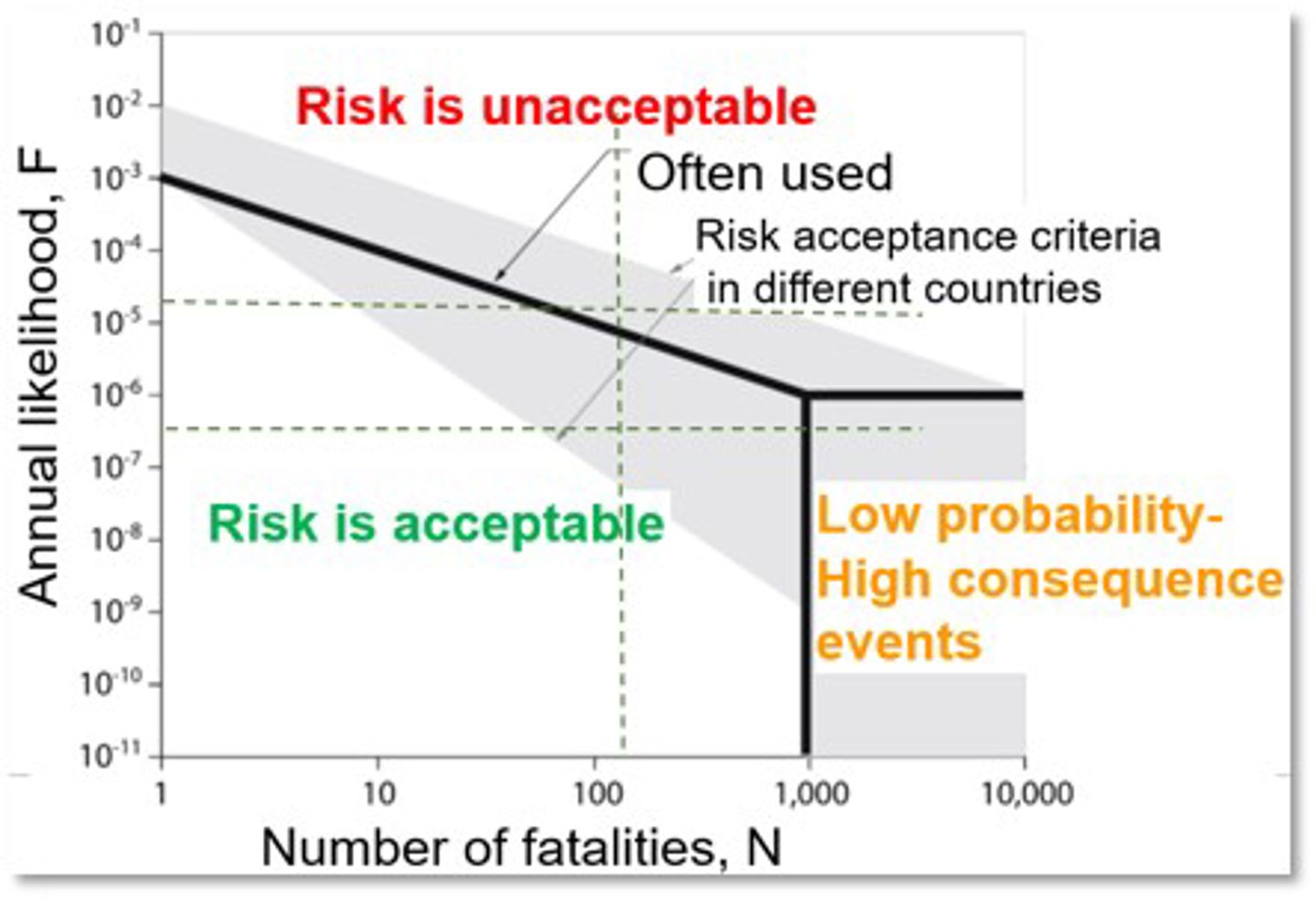- NGI /
- Projects /
- Sustainable Mine Tailings /
- WP5: Robustness through risk management for tailings facilities
WP5: Robustness through risk management for tailings facilities
WP5 will develop a risk framework to assist "risk-informed" decision-making, both during the TSF life cycle and in case of unexpected events.

A systematic, risk-based management time-dependent approach will be developed to navigate through and manage the critical aspects of the tailings life cycle. The risk management system developed for TSFs will be easily adaptable to other "systems" in NGI's portfolio, e.g. hydropower dams, offshore structures, foundations and tunnelling, environmental protection and other mine types.

The WP5 tasks include:
- Develop new and adapt current approaches for risk assessment and risk management of TSFs throughout their life cycle (planning, exploitation, operation and closure), using ISO standards.
- Develop a statistical framework to quantify uncertainties (for WP2, 3, 4). Apply, where possible, machine learning techniques to enhance characterization of the tailings material on the short and long term.
- Develop the stress testing approach for TSFs, building on the on-going stress-testing for natural hazards (Hong Kong) and for hydropower dams (Norway).
- Enhance Peck's Observational Method (OM) by integrating OM in a Bayesian updating framework and listing/selecting the most appropriate mitigation measures/course of actions.
- Communicate findings, "learnt lessons" and new methods to industry (clients, mining professionals, consultants) and the general public through application workshops.
- The new risk framework for TSFs, with integrated OM on the basis of observations and scenarios, will reflect the geotechnical engineer's role: a coherent combination of observations, analysis, judgement and risk-informed decisions for optimizing design from both cost and safety points of view. The result will be a risk reduction strategy, with robust, documented and practical risk assessment and management tools.
Footnotes:
(1) Stress testing is a new approach that contributes to an intrinsic, safer state of readiness.
(2) The Observational Method includes the aspects of uncertainty and risk in geotechnical design, by looking at the mean and the uncertainty ("assessment of the most probable conditions and the most unfavourable conceivable deviations from these conditions"), evaluating the hazards ("calculation of values of the same quantities under the most unfavourable conditions") and looking at potential mitigation measures ("selection in advance of a course of action or modification of design for every foreseeable significant deviation of the observational findings from those predicted on the basis of the working hypothesis" and "modification of design to suit actual conditions"). In italics, quotes from the OM by Peck (1969).

Zhongqiang Liu
Senior Specialist Slope Stability and Risk Assessment zhongqiang.liu@ngi.no+47 479 29 799